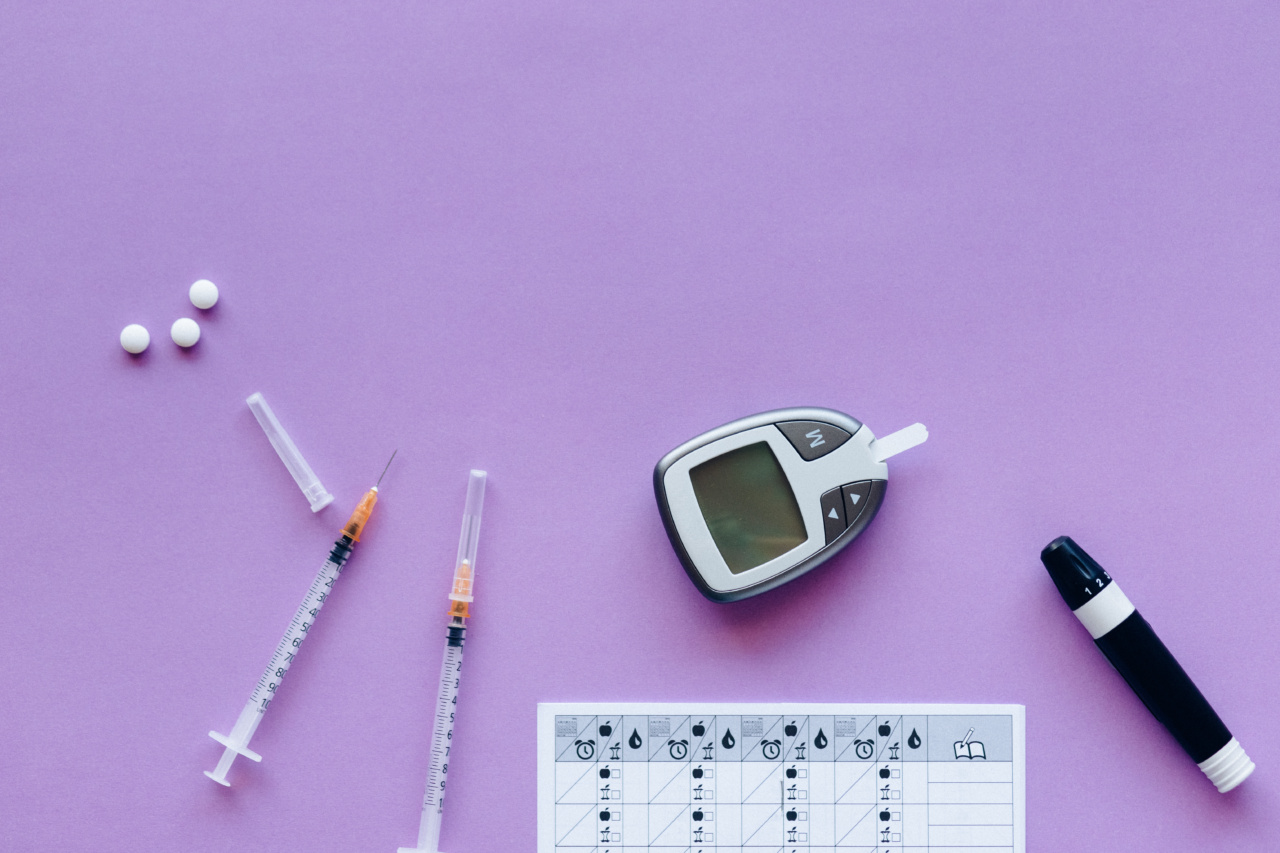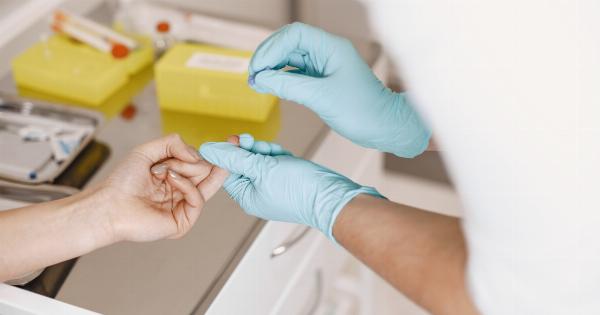In recent years, breakthroughs in medical technology have paved the way for exciting advancements in the treatment of diabetes.
One such breakthrough is the development of artificial β-cells, which offer promise in providing patients with freedom from insulin injections. These artificial β-cells mimic the functions of the pancreas, ultimately regulating blood sugar levels more efficiently and potentially eliminating the need for traditional insulin therapy.
The Burden of Insulin Injections
For individuals living with diabetes, the daily routine of insulin injections can be burdensome and sometimes painful.
People with type 1 diabetes, whose bodies do not produce insulin, heavily rely on multiple insulin injections throughout the day to maintain normal blood sugar levels. Similarly, individuals with type 2 diabetes, whose bodies cannot effectively use insulin, may also require regular insulin injections as part of their treatment plan.
Unfortunately, insulin injections are not without their challenges. Patients must endure the discomfort of needle injections, and constant monitoring and adjustment of insulin dosage can be time-consuming and mentally exhausting.
Additionally, the risk of complications such as infection or lipodystrophy (thickened fatty tissue) at the injection site is always a concern.
The Promise of Artificial β-Cells
Enter artificial β-cells, which offer potential relief and freedom from the burden of insulin injections.
These artificial cells are designed to closely mimic the natural β-cells found in the pancreas, which are responsible for producing and releasing insulin into the bloodstream.
Artificial β-cells are typically composed of a bioengineered membrane that houses a reservoir of insulin, along with glucose-sensing enzymes.
When blood sugar levels rise, the enzymes trigger the release of insulin from the reservoir, regulating glucose levels in a similar manner to a healthy pancreas.
The advantage of artificial β-cells lies in their ability to continuously monitor glucose levels and automatically release the exact amount of insulin required at any given time.
This essentially eliminates the need for manual insulin injections and closely mimics the body’s natural insulin release process.
Current Research and Clinical Trials
Significant progress has been made in the development of artificial β-cells, with several research groups and companies working on their refinement and implementation.
Some of these initiatives include the Beta-Air project in Europe, which aims to create an implantable device that can continuously monitor glucose levels and release insulin as needed.
Other research efforts focus on utilizing stem cell technology to generate insulin-producing cells.
By transplanting these engineered cells into the body, researchers hope to restore normal insulin production and eliminate the need for external insulin delivery.
Clinical trials are ongoing to test the safety and efficacy of artificial β-cells. These trials involve close monitoring of participants’ blood sugar levels and insulin requirements, as well as assessment of any side effects or complications.
While it may take some time before artificial β-cells become widely available, early results are promising and provide hope for a future without insulin injections.
Potential Benefits and Impact
The potential benefits of artificial β-cells extend beyond simply reducing the need for insulin injections.
By closely regulating blood sugar levels, these cells could also help to minimize the risk of hyperglycemia (high blood sugar) and hypoglycemia (low blood sugar) episodes, both of which can have severe consequences for individuals with diabetes.
Moreover, artificial β-cells have the potential to offer greater flexibility and quality of life for people with diabetes.
By eliminating the need for constant monitoring and insulin administration, patients may no longer feel tethered to their diabetes management routine. This freedom could have a profound impact on mental well-being and allow individuals to focus on other aspects of their lives without the constant burden of diabetes management.
Challenges and Future Directions
While the development of artificial β-cells holds immense promise, there are still several challenges to overcome before they become widely accessible.
One significant hurdle is ensuring the long-term stability and functionality of the cells once implanted or administered to patients. Additionally, refining the artificial β-cell design to accurately mimic the complex functions of the pancreas remains a complex task.
Further research is also needed to explore potential side effects and interactions with the immune system.
Since diabetes is an autoimmune disease, patients often require immunosuppressive medications to prevent the rejection of transplanted cells or devices. Balancing the need for immunosuppression while addressing potential complications is an important area of investigation.
The Future of Diabetes Management
The development of breakthrough technologies such as artificial β-cells brings hope for a future where individuals with diabetes can live more seamlessly without the burden of daily insulin injections.
These advancements could revolutionize diabetes management and improve the quality of life for millions of people worldwide.
While there is still much research and refinement to be done, the progress in the field of artificial β-cells is promising.
As clinical trials continue and technologies evolve, it is likely that diabetes management will step into a new era, providing freedom and relief from the daily routine of insulin injections.




























